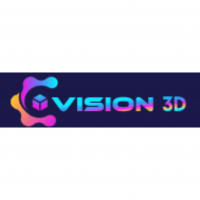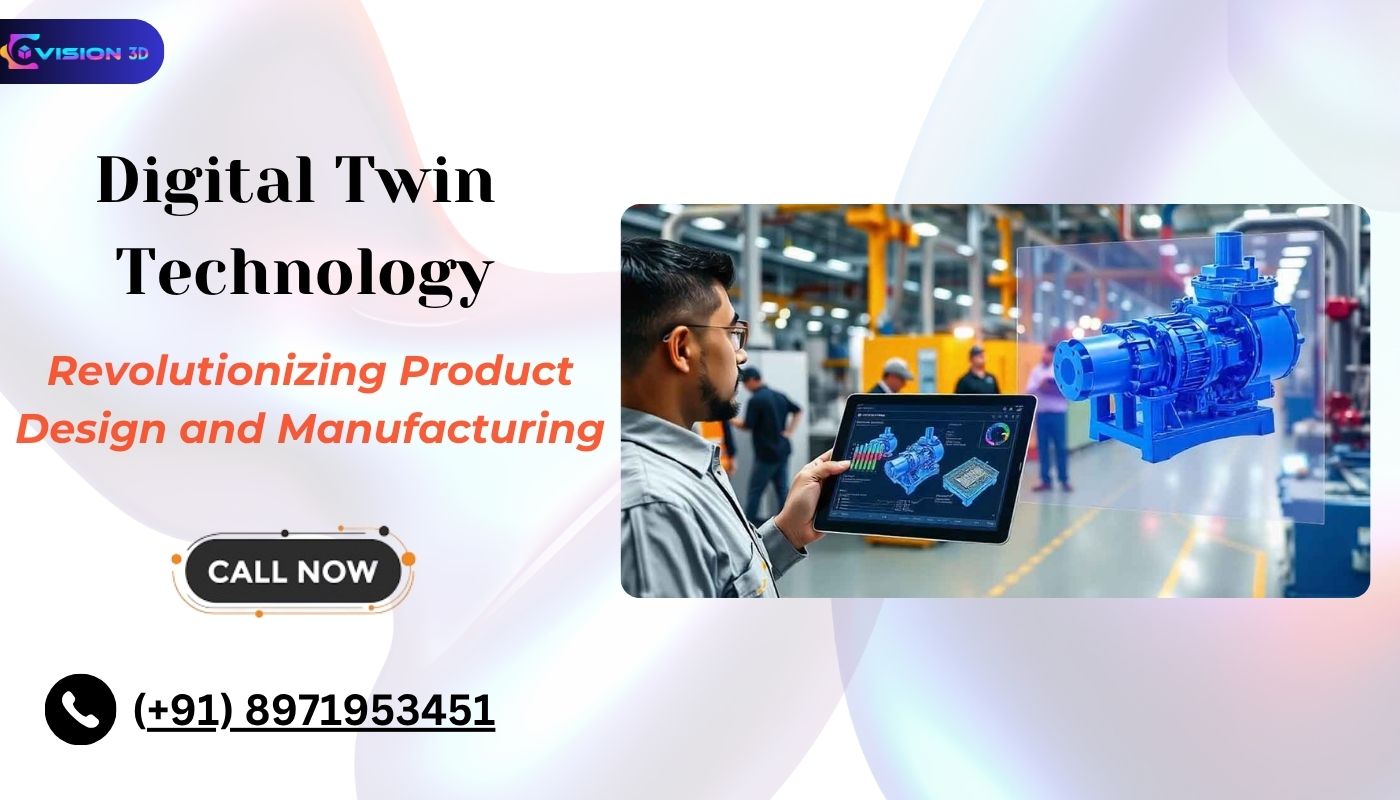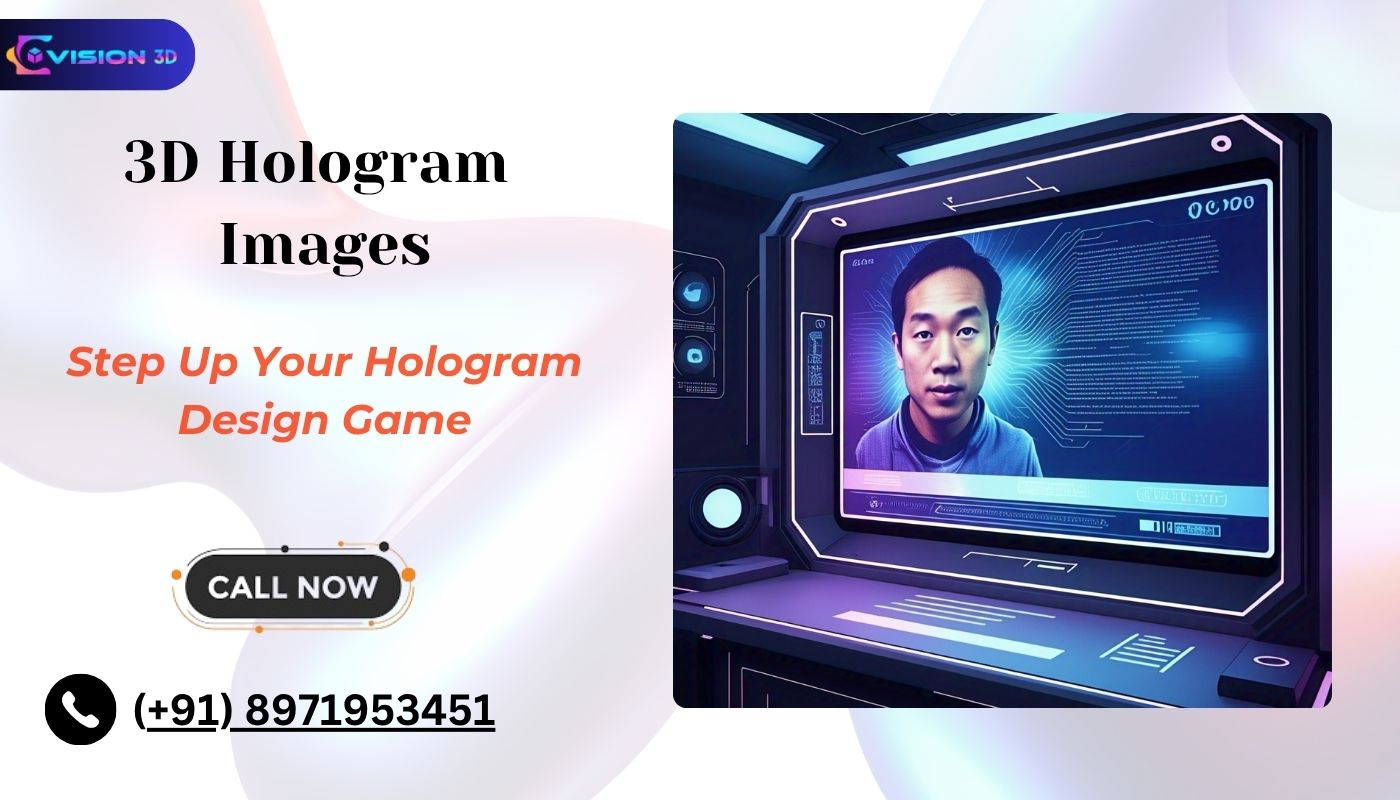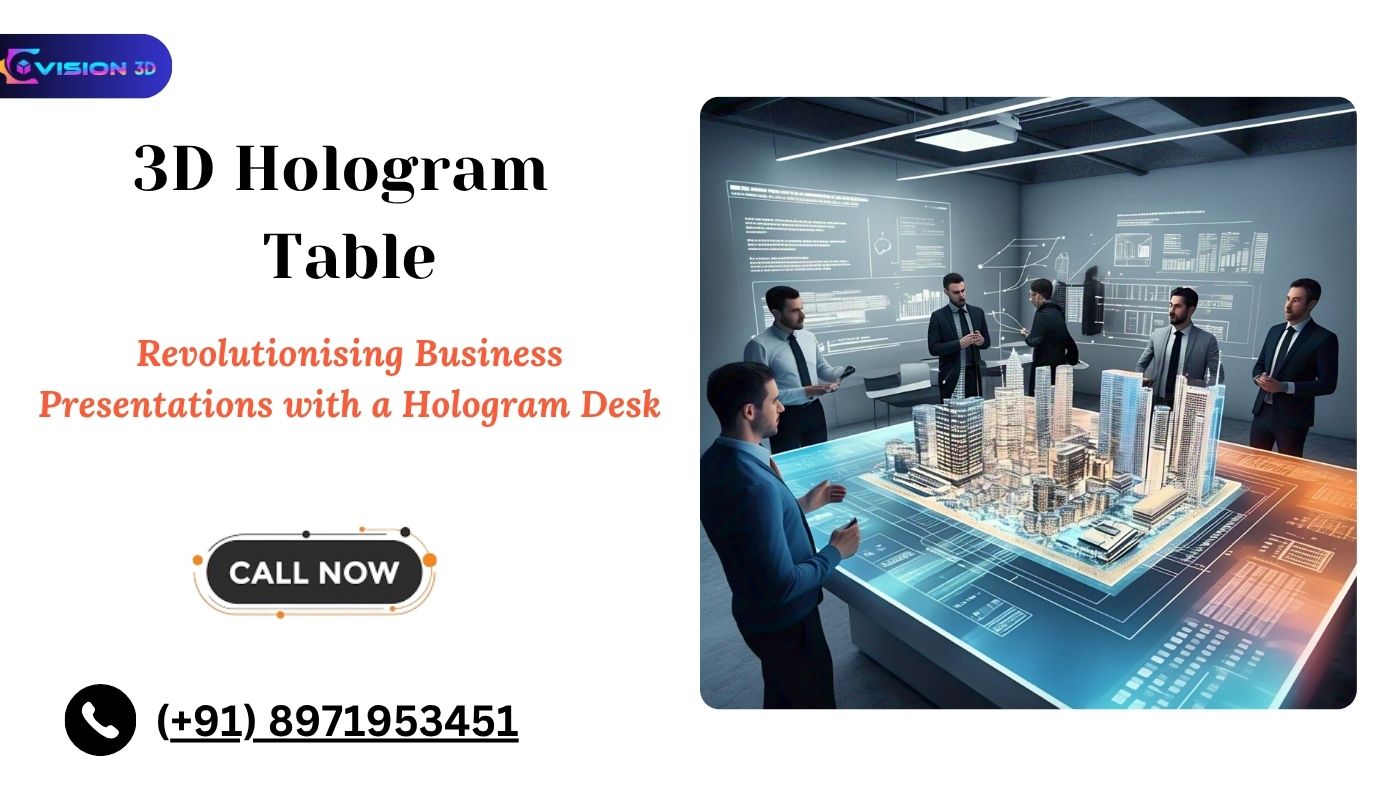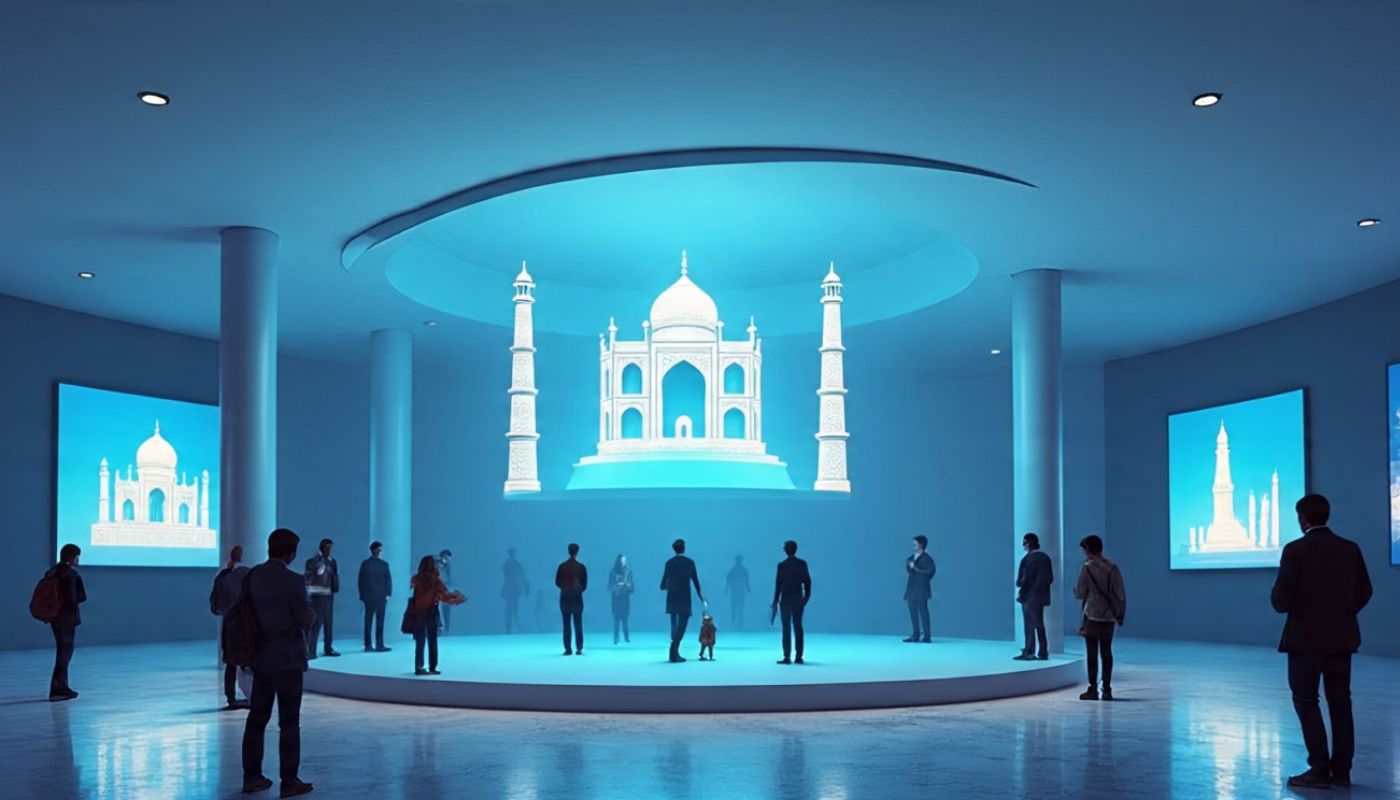Boost Customer Engagement Instantly with a Cutting-Edge Holographic Movie
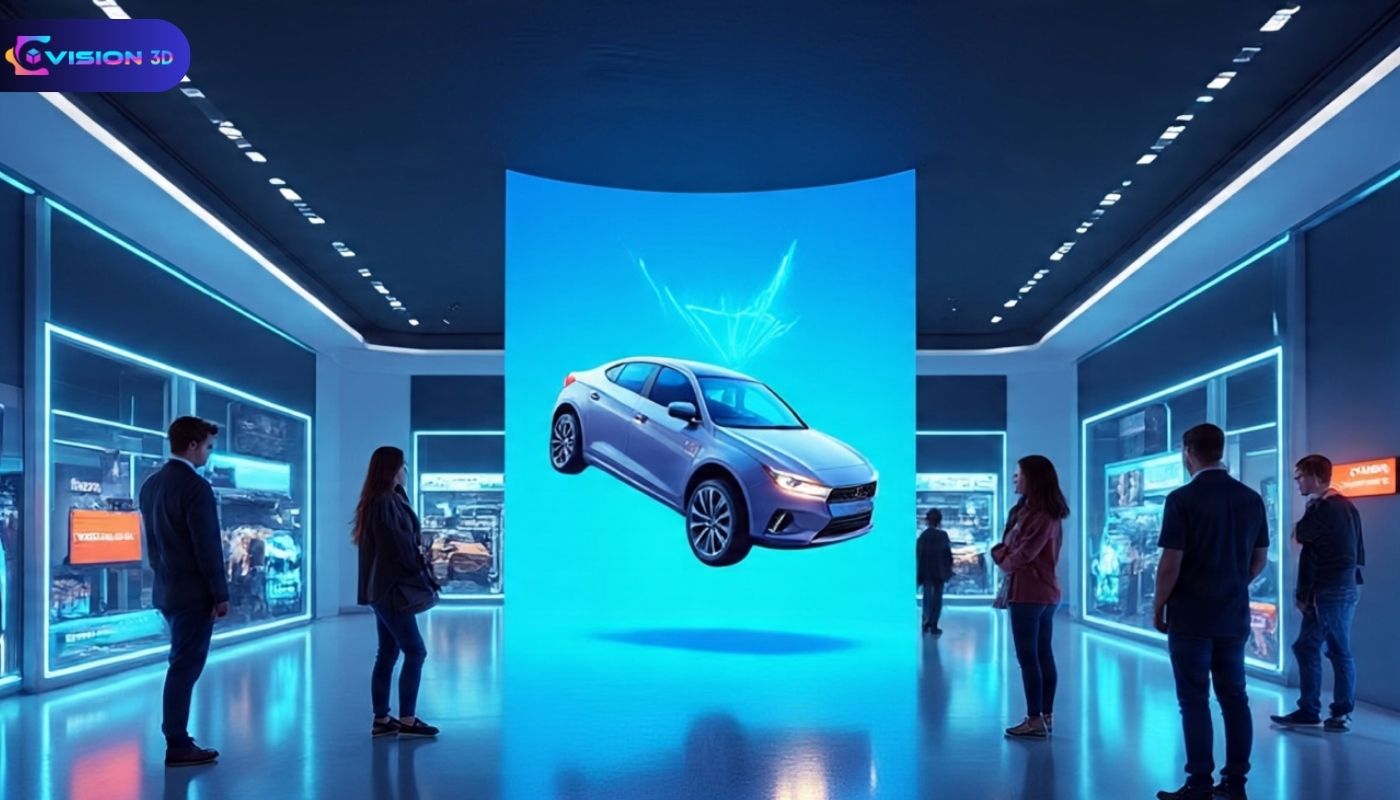
In these modern times of hyper-competition, brands are incessantly trying to find a fresher way to make themselves heard by the audience. In comes the holographic movie: a technological breakthrough that utilizes the newest technology in hologram screen and projector to experience unforgettable and immersive experiences. As a retailer, event marketer, or digital marketer, you always want to do better when it comes to engaging with your customers. By teaming up with a progressive think tank hologram company, you can catapult your customer interaction level to a new dimension.
What is a holographic movie?
A holographic movie is an interactive three-dimensional real-life visual presentation on a hologram screen via specialized hologram projectors. In opposition to a 2D movie, holographic movies make one feel that they are watching objects or characters that are floating in the air and can be viewed in various vantage points without the need to use special glasses. It uses the aspects of optical holography: laser beams record and reproduce the light field, resulting in content that seems lifelike and interchangeable.
The Science Behind the Magic
How Does It Work?
Laser Light & Recording: Holographic movies start with laser beams being projected on a subject or scene. The object's light waves interfere with a reference beam, forming a special interference pattern that carries the 3D content.
Projection: coherent light shone through this pattern is then projected through a hologram projector into the image of a hologram screen; the full field of light detected is recovered, so it creates a 3D image that seems to be floating in mid-air.
Viewing: The Audience can navigate around the projection, watching the holographic film in a variety of ways, and this makes it more realistic and interactive.
Why Holographic Movies Captivate Audiences
- Immersive Storytelling
The conventional screens restrict the visuals used in telling stories to the flat image. A holographic movie, on the contrary, makes stories come to life by giving the characters and products a chance to interact with the people in real time. Consider an example of a sneaker company presenting its new design in the form of a rotating, floating hologram, or an automobile company displaying a new model that a prospective customer can take a virtual walk around during an exposition.
- Sensory Engagement
The holographic films appeal to the curiosity and senses we have. Viewing can be considered highly emotionally memorable, linking 3D graphics floating in space, the so-called wow factor, generating high brand recall, and building loyalty in customers.
- Interactivity
Interactions are possible due to an advanced hologram screen and projectors. The customers are not mere viewers but can gesture to move or zoom into the content and even customize it, especially the holographic content, to rotate.
Real-World Applications: Transforming Customer Engagement
- Retail
To enhance, consumer retailers are already using holographic movies to develop virtual showrooms where consumers can do a virtual browsing of the products before buying them in 3D. This not only enhances engagement but also helps in conversion rates, with the improvement of a richer and more educational shopping experience.
- Expos & events
A company that produces holograms can create immersive displays at trade shows and at product launches, generate crowds, and spread the news. BMW is one of them as it has already employed hologram projectors during the automobile expos to demonstrate the features of its vehicles in the most fancy yet memorable manner.
- Advertising
Projection with holographic effects is redefining advertising as they come out as attractive 3D images hanging around in there, catching the attention in densely populated places, and activating the ability to share the campaigns quickly on social media.
The Technology: Choosing the Right Hologram Projector and Screen
- Hologram Projector
The present-day hologram projectors take advantage of new light diffraction and laser technology to create fully color and high-resolution 3D images. They are responsive, portable, and can be anchored to a bigger or portable installation.
- Hologram Screen
The special hologram screen is developed in order to reflect and repack the light shown in a way that does not reduce the 3D effect. These displays are either transparent or semi-transparent, which is why they can be used creatively in physical spaces that do not impede the views.
- Partnering with a Hologram Company
It is important that one has a well-established hologram firm that can help to pull it off without a problem. Such professionals will be able to tailor the technology to your requirements, including the design of the content to the installation on site so that your holographic movie produces the greatest effect.
The Business Impact: Measurable Engagement and ROI
- Increased retention: It has been found that 3D visuals can help to increase the retention rate of viewers to a level of up to 70 percent and hence your message becomes more memorable.
- Emotional Connection: Holographic films can create stronger emotional interactions, which are central to inculcating brand loyalty and word of mouth.
- Viral Potential: Holographic experiences are new, and people share these experiences organically because it is cool, and this makes it viral, increasing your coverage.
The Future of Customer Engagement
Because the 3D holographic display market is expected to shoot around exponentially to become a lucrative $13 billion industry by 2032, the utilization of holographic movies is soon going to be a mainstream strategy of progressive brands. The immersive interactive essence of this technology is not a fad; it is becoming a new paradigm in kindling business for the audience.
Conclusion
An innovative hologram film, which is enabled by the most advanced hologram projector and screen technologies, is not only a spectacle: it is a strategic device to engage the customers immediately and meaningfully. Through the collaboration with such a perspective hologram company, brands can redefine the simple interactions to turn them into extraordinary ones, which are captivating, educational, and motivational. To know more about holographic displays, get in touch with Vision3D.
Note: IndiBlogHub features both user-submitted and editorial content. We do not verify third-party contributions. Read our Disclaimer and Privacy Policyfor details.

